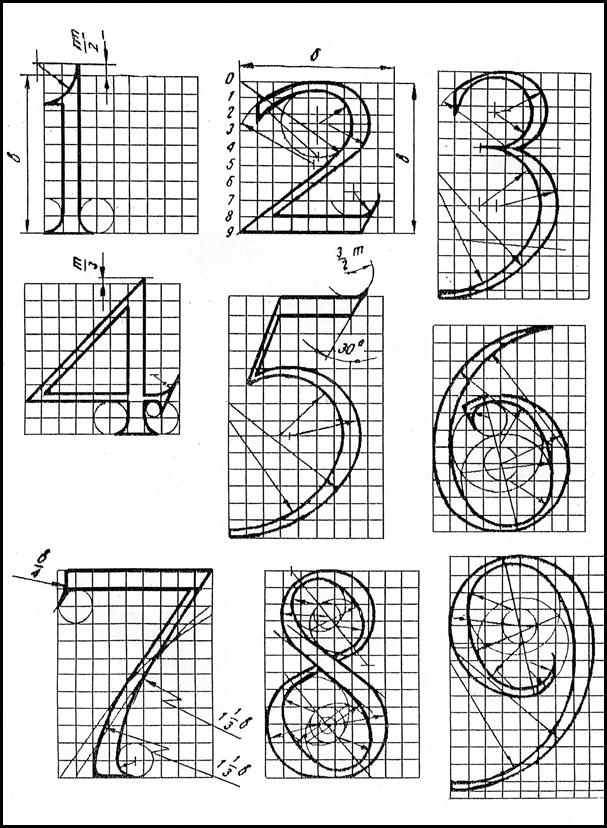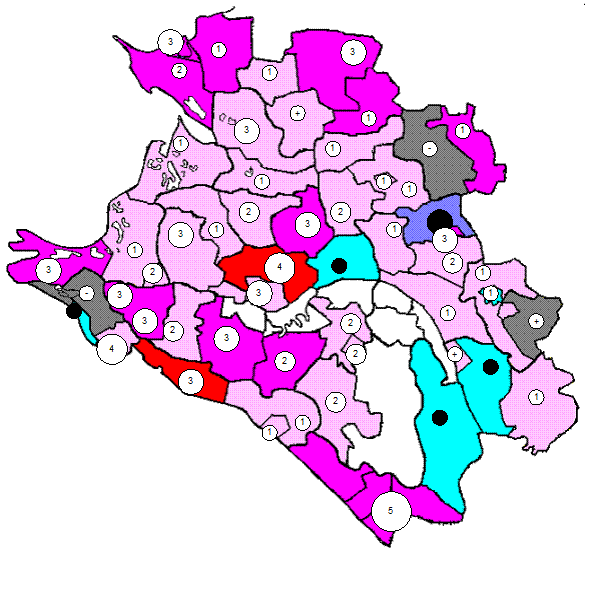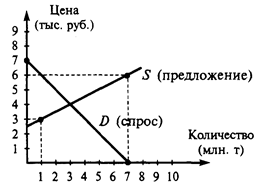INPUT-OUTPUT ENVIRONMENT
Data and instructions must enter the data processing system, and information must leave it. These operations are performed by input and output (I/O) units that link the computer to its external environment. The I/O environment may be human-related or human-independent. A remote banking terminal is an example of a human-related input environment, and a printer is an example of a device that produces output in a human-readable format. An example of a human-independent input environment is a device the main function of which is to measure traffic flow. A disc upon which the collected data are stored in binary format is an example of a human-independent output. Input-Output Interfaces. To enter data to input units computer should choose appropriate form that depends upon the particular device to be used. For example, data are entered from a keyboard in a manner similar to typing, and this differs from the way that data are entered by a bar-code scanner. All input devices must provide a computer with data that are transformed into the binary codes that the primary memory of the computer is designed to accept. This transformation is accomplished by units called I/O interfaces. Input interfaces are designed to match the unique physical or electrical characteristics of input devices to the requirements of the computer system. Similarly, when output is available, output interfaces must be designed to reverse the process and to adapt the output to the external environment. These I/O interfaces are also called channels or input-output processors (IOP). The major differences between devices are the media that they use and the speed with which they are able to transfer data to or from primary storage. Input-Output Device Speed. Input-output devices can be classified as high-speed, medium-speed, and low-speed. The devices are grouped according to their speed. The high-speed devices are both input and output devices and are used as secondary storage. Here we have some examples of these devices. High-speed devices: magnetic disk. Medium-speed devices: card readers; line printers; page printers; computer output microfilms; optical character readers; optical mark readers; visual displays. Low-speed devices: bar-code readers, character printers, digitizers, keyboard input devices, plotters, voice recognition and response units.
Answer the following questions: 1. What is the purpose of input and output devices? 2. What types of I/O devices do you know? 3. Why are data transformed into a binary code while entering the input device? 4. Give an example of a human independent output? 5. What is an I/O interface? 6. What are the main differences between the various I/O devices? 7. What types of I/O devices tend to be high-speed devices? 8. What types of I/O devices tend to be low-speed devices?
|




